What the Latin Monetary Union – Europe’s forgotten currency – can teach us about the euro
The euro isn’t the continent’s first flawed single currency, says Jonathan Compton. The Latin Monetary Union lasted 61 years.

An economist from the Anglosphere is likely to tell you that the euro is structurally flawed and must implode. An economist in one of the 19 eurozone countries would say it is a work in progress and will survive. As the euro is the most widely used currency in foreign-exchange markets and central bank reserves after the US dollar, an implosion would have devastating effects within and outside the EU and thus on all of our finances.
Geeks are often derided for their arcane interests – Jeremy Corbyn collected manhole covers – but obscure hobbies can be useful. For money and history geeks like me there are clear lessons from the last European common-currency experiment. Now all-but forgotten, it lasted 61 years (the euro is in its 21st year), from 1866 to 1927, though in reality it was effective for a much shorter period. This was the Latin Monetary Union (LMU).
In the mid-19th century most leading currencies were metal-based; gold and silver coins were widespread, with lower-denomination coins containing cheaper metal compounds. Paper money and letters of credit were also widely used. But this paper was usually backed and redeemable into gold on demand. That is why British banknotes are still printed with the outrageous lie to “promise to pay the bearer” (the equivalent value in gold). This convertibility was in fact wound down “temporarily” between 1914 and 1931, when it was abolished.
MoneyWeek
Subscribe to MoneyWeek today and get your first six magazine issues absolutely FREE

Sign up to Money Morning
Don't miss the latest investment and personal finances news, market analysis, plus money-saving tips with our free twice-daily newsletter
Don't miss the latest investment and personal finances news, market analysis, plus money-saving tips with our free twice-daily newsletter
There were many variations in the amount and purity of the gold and silver content in coins throughout Europe, making cross-border trade and payments cumbersome. The French gold franc, introduced in 1803 by Napoleon Bonaparte, had become the most widely accepted because of its purity and consistency. In 1848 his nephew, Charles-Louis-Napoléon Bonaparte, was elected President of the Second Republic. He soon had himself elected Emperor on a mandate to expand France’s influence: La Gloire. Part of this programme included the creation in 1866 of a French-dominated Latin Monetary Union.
A union based on gold and silver
The initial treaty members were France, Switzerland and two newly-minted countries, Belgium (1831) and Italy (1861). The LMU adopted the same standards as French gold francs and a common standard for silver coins, which were convertible into gold on a fixed ratio of 15.5:1. Because the coins in each country were now standardised they became freely exchangeable across the Union. Thus a Belgian cloth maker could sell his goods in Italy and know what his liras were worth – in the context of the time a sensible and neat idea.
Greece – another new country (1830) – joined a year later. New countries were particularly keen to join to provide currency stability. Older nations also applied to join formally, such as the Papal States in central Italy (full unification did not occur until 1870), or to join by way of bilateral treaties, such as Austria-Hungary. Yet more became de facto members without written agreements, from Russia to Spain. The LMU covered a wider area than the current eurozone.
One problem became immediately apparent: that of operating a bimetallic system. In this case gold and silver coins were freely interchangeable in any participating country and convertible into either metal on a fixed ratio. Bimetallism seems an arcane piece of history now but it was common in Europe and beyond. It spurred visceral political debates in America at the end of the 19th century. L. Frank Baum’s The Wonderful Wizard of Oz, published in 1900, is an allegory for the bimetallic debate, with the yellow (gold) brick road and Dorothy’s silver slippers.
Shifting to a gold standard
The LMU’s bimetallic problem was that the silver price started to slide. People soon spotted the anomaly so they started to cash in silver coins for gold at an advantageous rate. The result was a shortage of small-denomination silver coins and a run on national gold reserves, especially those of France. So in 1874 free conversion of silver was abandoned – again “temporarily” at first, but then completely. The LMU moved onto a gold standard.
Even as this problem came to a head, two others were developing. The first was that governments started to cheat. The Vatican Bank was formally created in 1942 but its impressive history of dishonesty is far older. The Papal States started to put less silver in their coins and pocketed the difference. Greece quietly reduced the amount of gold in its coins. Belgium, meanwhile, had minted too many silver coins, which if redeemed for gold would have bankrupted its treasury. It therefore demanded, and received, some support from other members.
The second problem was that the LMU seriously constrained how much paper money a government could print – and thus spend – which hampered economic growth and expenditure. Wars and other events required more paper money than allowed under the rules. The result was an accelerated printing of paper money not covered by national gold reserves, which caused exchange rates to vary. Each member in turn began creating controls on redeeming paper money for gold or accepting coins from other members. The LMU was reasonably effective from 1866 to its peak membership in 1878, after which it gradually crumbled away. It was already moribund by the time of World War I.
History repeats itself as farce
Today, economic and monetary union appears as unstable as its Latin forerunner. It too started to go wrong almost from day one and for the same reason: government cheating. For any common currency to work well, fiscal and monetary policies must be unified across all members, meaning national governments lose the power to determine tax and expenditure, money supply and interest rates. EU leaders knew this but many member states would not accept this loss of control. So a range of fiscal and other rules were enshrined in treaties known as the Stability and Growth Pact.
In less than three years France and Germany exploded the core rule that budget deficits must not exceed 3% of GDP. The supposed sanctions were enormous fines and externally imposed financial controls. However, as France and Germany together accounted for half the EU’s output, they bullied the problem away. More solvent EU members and those struggling to play by the rules were horrified by this blatant breach. But the penny soon dropped. They realised that they could now borrow and spend like shopaholics: sanctions would never be applied.
Borrowing costs for the weaker members had never been lower because of the de facto underwriting of their debts by Germany and the stronger EU members. It was Christmas every day. Thus even before the financial crash of 2008 many eurozone countries were hopelessly in debt, from which they continue to suffer. The eurozone looks as doomed as the LMU.
Will Europe do “whatever it takes”?
Will it collapse? The inherent contradictions and weaknesses are glaring; a recession and even more debt resulting from the pandemic will make a bad situation worse. Yet I suspect the euro may survive for many years.
One odd reason is faith. For many European leaders the euro is not just a means of exchange, but almost a religion. They will continue to believe and do “whatever it takes”, as former European Central Bank (ECB) president Mario Draghi put it, to keep it afloat. Another is that there is little desire to return to the lira, peseta or drachma knowing the disruption this would cause. Many nations embraced the euro, preferring to cede much control rather than allowing their currencies to be managed by their own ineffectual governments. What’s more, the convenience and popularity of a borderless currency should not be underestimated. Moreover, no-one has any strong interest in seeing the eurozone implode.
Admittedly these are flimsy reasons for survival, given the LMU-like problems. The debates over central versus national powers will never go away. But fear can make previously unacceptable change suddenly attractive, and both the European Commission and the ECB are seizing more power to exert greater control. The EU’s financial chasms are terrible – but not much worse than the UK, US or Japan’s, and they can be fudged. An extreme expedient is that central banks could simply write off all the bonds they have bought to prop up the system. This is quite feasible in a world which operates on a fiat money system (where money has no intrinsic value). Purists will be horrified that central bank books don’t balance; markets will shrug, and then welcome a sharp reduction in debt-to-GDP ratios.
While faith remains a strong glue, European discipline is woeful. Still, a single forceful action such as defenestrating Greece from the eurozone for perennial rule-bending would restore discipline overnight. Or discipline could be achieved by a split, with the solvent rule abiders in the north and east keeping the euro, with the others remaining EU members but outside the eurozone until they reform. Ten years ago I would have agreed with the pundits that serious change was impossible; yet nothing better galvanises governments and central banks than looking down the barrel of a very large gun. Don’t bet too heavily on the euro failing like the LMU.
Get the latest financial news, insights and expert analysis from our award-winning MoneyWeek team, to help you understand what really matters when it comes to your finances.
Jonathan Compton was MD at Bedlam Asset Management and has spent 30 years in fund management, stockbroking and corporate finance.
-
 My 6.5% Nationwide regular saver is due to mature - what are my options?
My 6.5% Nationwide regular saver is due to mature - what are my options?Nationwide’s 6.5% regular saver is due to mature for those who opened one last year. Here is what you can do now to make the most of your savings
-
 Leading European companies offer long-term growth
Leading European companies offer long-term growthOpinion Alexander Darwall, lead portfolio manager, European Opportunities Trust, picks three European companies where he'd put his money
-
 Circle sets a new gold standard for cryptocurrencies
Circle sets a new gold standard for cryptocurrenciesCryptocurrencies have existed in a kind of financial Wild West. No longer – they are entering the mainstream, and US-listed Circle is ideally placed to benefit
-
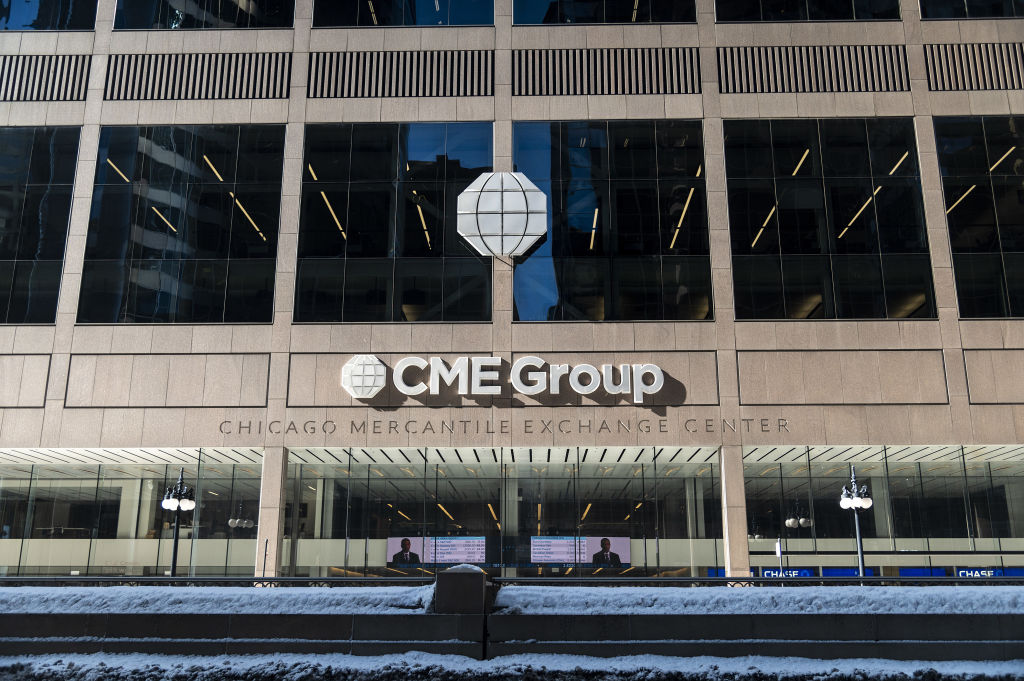 Profit from other investors’ trades with CME Group
Profit from other investors’ trades with CME GroupCME Group is one of the world’s largest exchanges, which gives it a significant competitive advantage
-
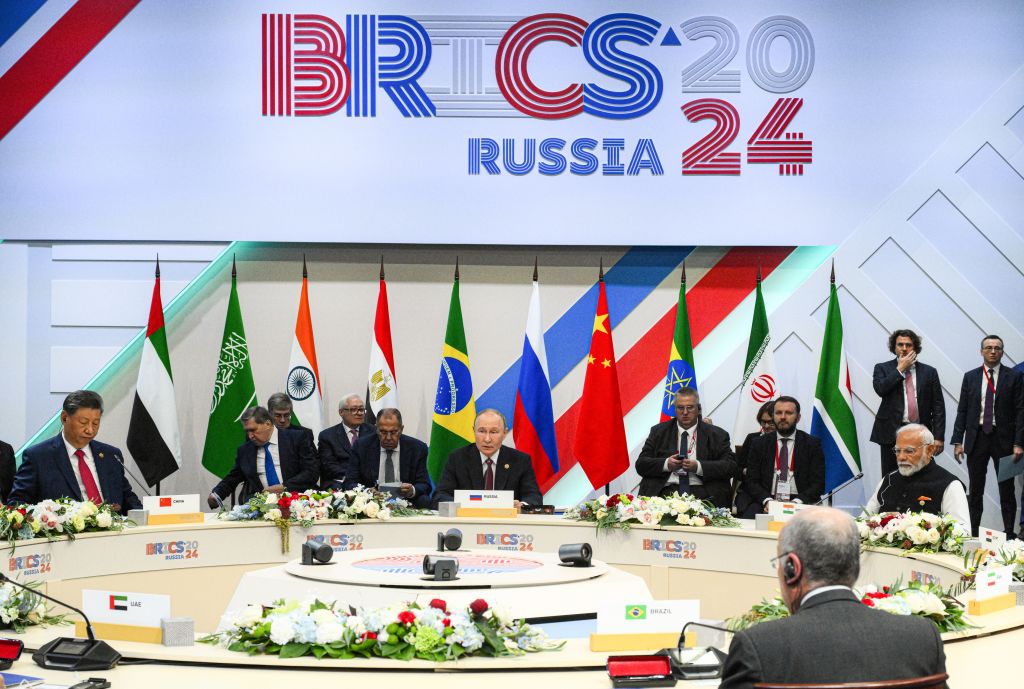 Investors need to get ready for an age of uncertainty and upheaval
Investors need to get ready for an age of uncertainty and upheavalTectonic geopolitical and economic shifts are underway. Investors need to consider a range of tools when positioning portfolios to accommodate these changes
-
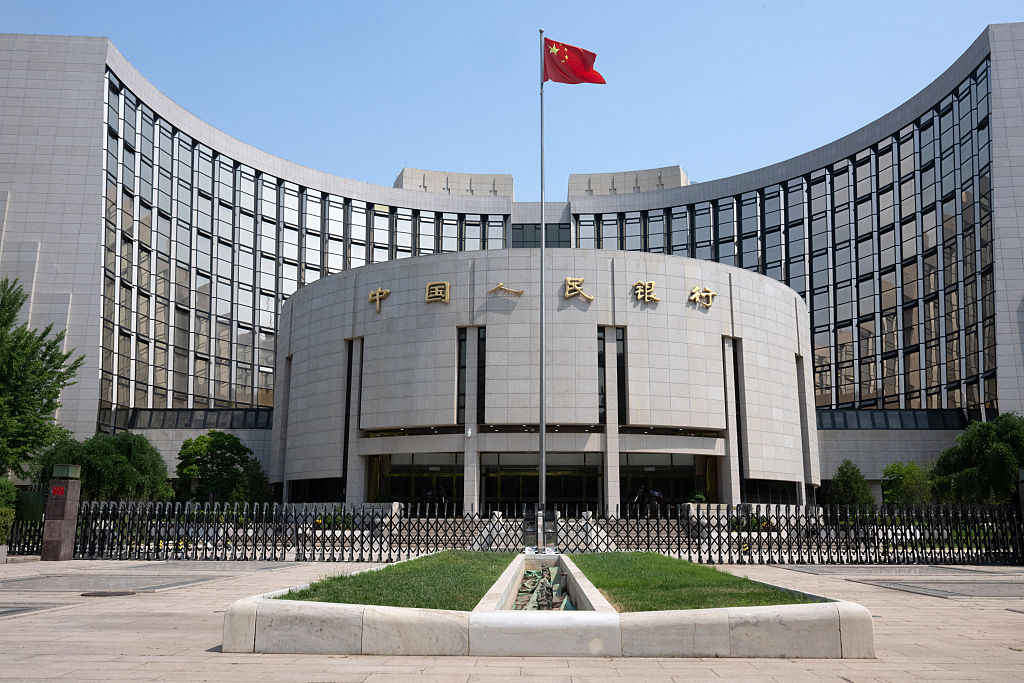 How much gold does China have – and how to cash in
How much gold does China have – and how to cash inChina's gold reserves are vastly understated, says Dominic Frisby. So hold gold, overbought or not
-
 Debasing Wall Street's new debasement trade idea
Debasing Wall Street's new debasement trade ideaThe debasement trade is a catchy and plausible idea, but there’s no sign that markets are alarmed, says Cris Sholto Heaton
-
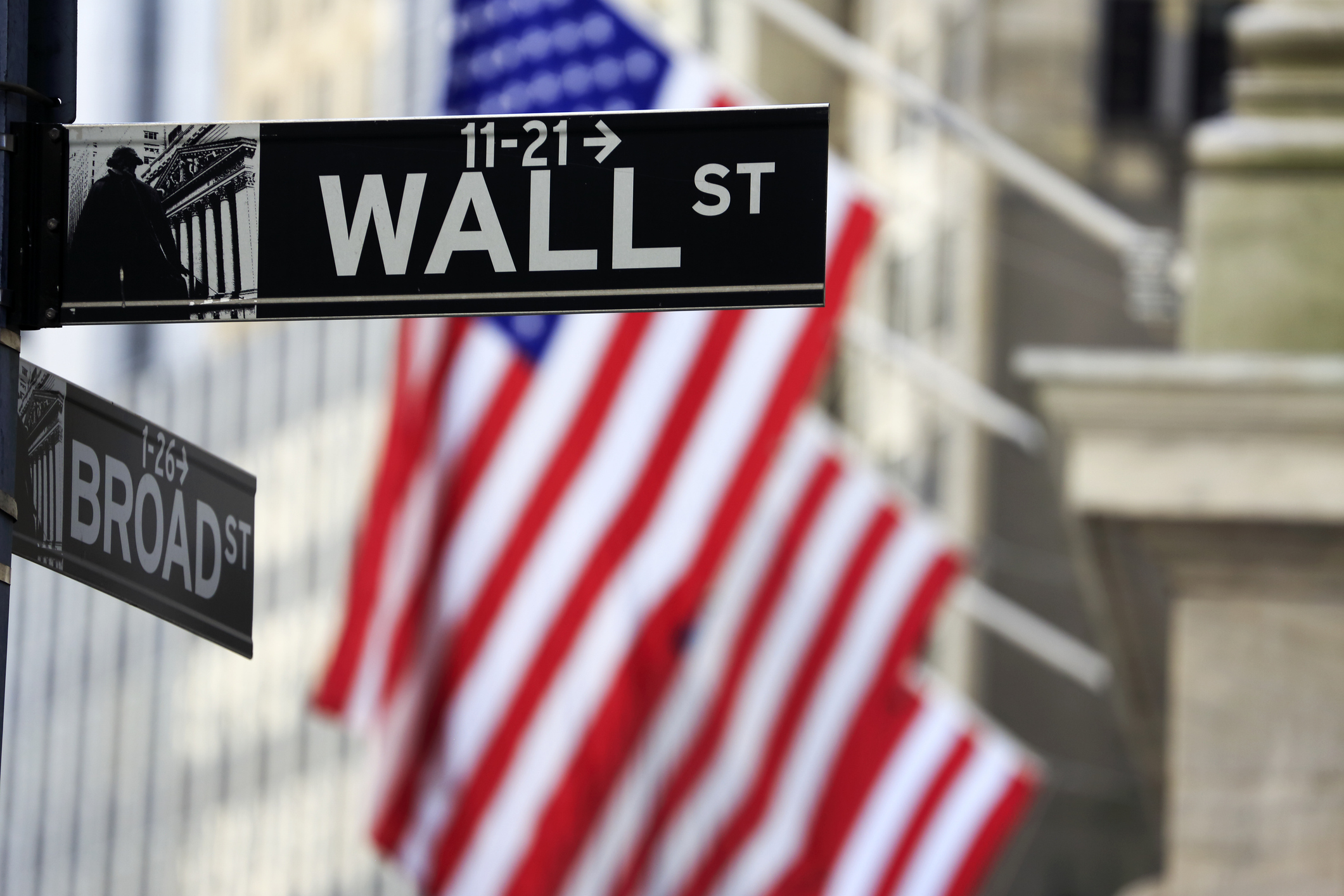 Who is Rob Granieri, the mysterious billionaire leader of Jane Street?
Who is Rob Granieri, the mysterious billionaire leader of Jane Street?Profits at Jane Street have exploded, throwing billionaire Rob Granieri into the limelight. But it’s not just the firm’s success that is prompting scrutiny
-
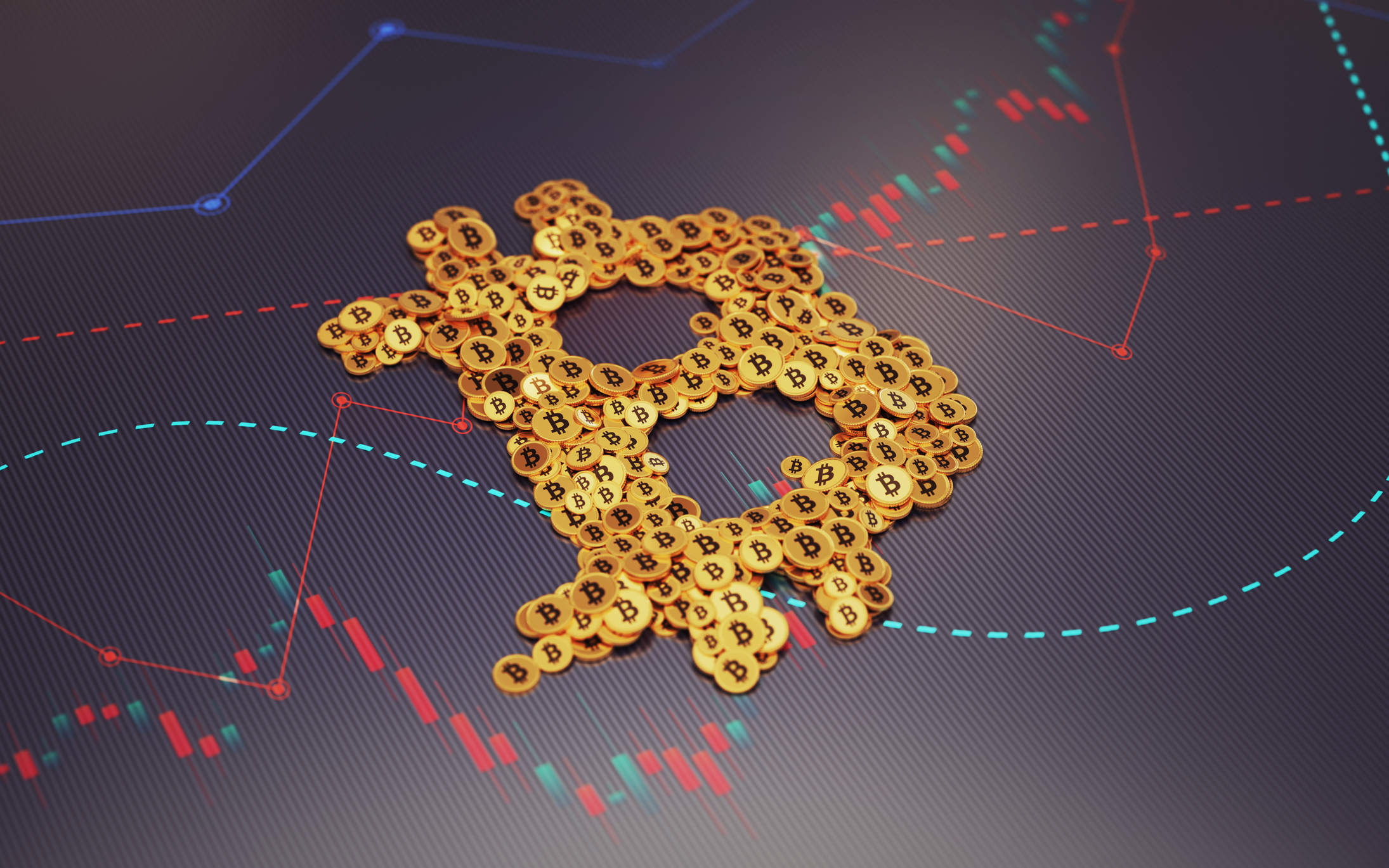 Beware the bubble in bitcoin treasury companies
Beware the bubble in bitcoin treasury companiesBitcoin treasury companies are no longer coining it. Short this one, says Matthew Partridge
-
 'EV maker Faraday Future will crash'
'EV maker Faraday Future will crash'Faraday Future Intelligent Electric is failing dismally to live up to its name, says Matthew Partridge